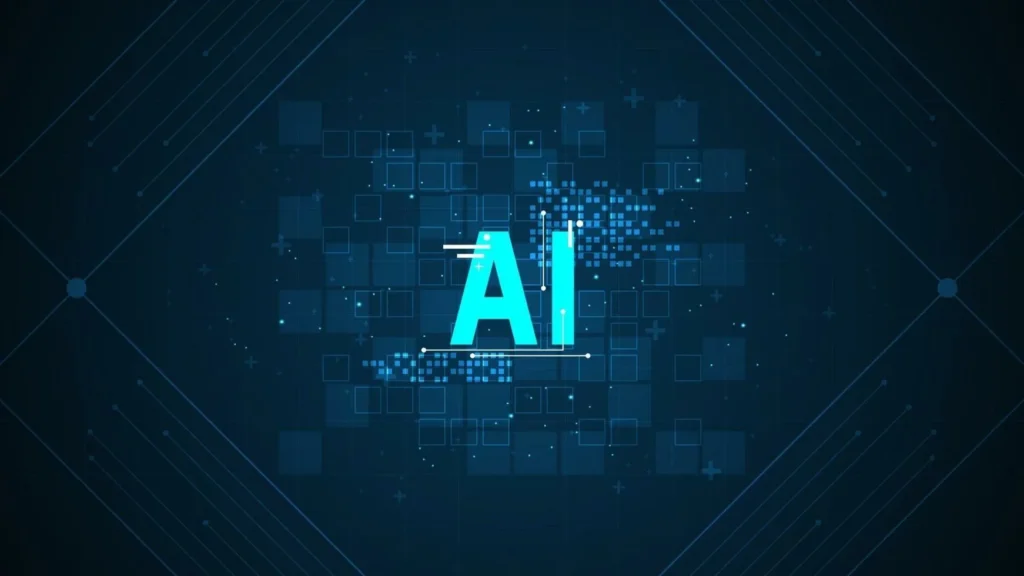
These tools harness artificial intelligence to generate professional, personalized messages with minimal effort, making them accessible to a wide audience. By utilizing technologies like natural language processing (NLP) and machine learning, AI email writing platforms analyze user inputs to produce drafts that are grammatically impeccable and contextually appropriate. Whether for business correspondence, personal networking, or academic exchanges, these tools save time and enhance quality, all while being available for free online.
The mechanics and features of AI email writing
AI email writing tools work by processing user-provided information—such as the email’s intent, tone, and key details—through advanced algorithms that draw from extensive language datasets. For example, platforms like the free versions of Grammarly, Jasper, or Google’s Smart Compose use NLP to suggest improvements in real time, transforming a simple prompt into a fully fleshed-out email. Users can specify parameters like formality or length, and the AI generates multiple options, allowing for quick iterations. This feature is particularly useful for avoiding common pitfalls, such as typos or awkward phrasing, and ensures messages align with cultural nuances for global audiences.
Key features include customization and integration. Many tools offer tone detection, enabling users to adjust emails from casual to professional with ease, which is invaluable for diverse scenarios like job applications or client outreach. Integration with email services like Outlook or Gmail allows for seamless workflow, where AI provides suggestions as you type. According to a 2024 report by Gartner, AI-assisted writing can cut email drafting time by up to 50%, boosting productivity for busy professionals. However, free tiers often limit advanced capabilities, such as unlimited customizations or analytics, which might necessitate paid upgrades. Despite these constraints, the tools’ emphasis on security—through encrypted data handling—makes them reliable for sensitive communications.
For non-native speakers, AI email writing serves as a bridge, offering real-time vocabulary enhancements and grammar corrections. This inclusivity extends to users with disabilities, like those with dyslexia, by providing supportive features that make writing less daunting.

Future directions
The benefits of AI email writing are profound, extending beyond efficiency to foster better collaboration and creativity. In professional settings, businesses leverage these tools for marketing campaigns or internal memos, where personalized emails can increase engagement rates by 30%, as per a HubSpot study. They promote inclusivity by assisting diverse users, ensuring that language barriers do not hinder effective communication. For individuals, the ability to generate quick, polished responses reduces stress and allows focus on strategic tasks rather than mundane writing.
Nevertheless, challenges exist. Over-reliance on AI can lead to generic content that lacks personal authenticity, potentially undermining relationship-building in emails. Ethical concerns, such as data privacy and AI biases in suggestions, also require users to review and edit outputs. As AI technology advances, addressing these issues will be crucial.
Looking forward, the future of AI email writing is bright, with potential integrations into voice assistants, predictive analytics for optimal send times, and enhanced multilingual support. Free online tools will likely evolve to include features like sentiment analysis, making emails more empathetic and effective. As adoption grows, AI email writing could redefine digital interactions, making communication more accessible and innovative for all.